

A journey of redemption on the outside, Darksiders II is a tale of irony at heart. Death, our protagonist, is the reluctant savior of life; realms of Heaven and Hell — angels and demons — are mere tools in a grander scheme; the Makers, creators of entire worlds, stand powerless as the universe threatens to unravel. This reality unfolds as we venture with Death through the game’s campaign — a massive, 40-50 hour affair of hacking, slashing, puzzle solving and discovery. But as the story reaches its epic conclusion, tantalizing players for what comes next, a greater irony emerges.
Here was a studio — Vigil Games — whose only rub seemed to be excessive imitation; Darksiders was widely loved, but occasionally with an asterisk denoting it as a Zelda/God of War carbon copy. Yet Darksiders II builds upon its predecessor with so many new features and components that it almost struggles to identify with the very game that brought it here. And what’s more: each is a firm step forward — a leap, even, helping propel Darksiders II to an elite strata of the dungeon-crawling action-adventure realm.
If Death had a middle name that was also a noun, it would be Agility. Whether it’s nimble dodging, which cleverly replaces War’s reliance on blocking (and opens up a new avenue for D2’s many special moves); weaponry, which now comprises duel wielding and lets players switch instantly between scythes and secondary weapons mid-combat; or combat chains, which are still struck together at a blistering pace, but now offer more leeway for Death’s devastating Reaper form (analogous to War’s Chaos form), slicing apart foes in visually splendid baths of blood and damage points and loot improves on an already stalwart formula while individualizing Death from his incriminated Nephilim brother. Even the camera, though still handling with an occasional unease in tight quarters, is largely steady enough to keep up with the torrid pace.
Feeding into the impressive combat mechanics is a robust, engrossing character progression system. Items have now been flushed out to 12 different categories, each varying on a myriad of unique attributes. Players will find themselves endlessly scouring over treasure chests and dead-enemy drops for the latest and greatest gear, and the ability even exists to feed (i.e. dispose) extra items into “possessed” weapons, enhancing and customizing their ability over time. A dichotomous skill tree promotes this personalization by ordering wrath abilities into two branches — Harbinger, based on physical brutality, and Necromancer, encouraging spellcraft — allowing Death to harness his true power with each leveling skill point, in whichever style the player sees fit. It’s equally satisfying dispatching a group of enemies with a lethal combination of weaponry and spells, and knowing that it leads one step closer to a new possession, a new decision — a new experience.
Curbing the chain reaction that is the Apocalypse is no small undertaking, and Darksiders II paints a monstrous mosaic of realms divided into worlds divided into dungeons and cities that appropriately reflects the ubiquitous magnitude of the task at Death’s hand.
Dungeon puzzling and plundering, once again, is elaborately layered — even “linear” pathways feel open for exploration, and there’s no shortage of distinct constructions, contraptions and tools for navigating through environments. As with combat, Death’s deft new abilities — wall running, tightrope waltzing, and gadget slinging to name a few — prove a game changer. It’s important to note that the strict contextual nature of many traversal abilities will occasionally spawn problems, precluding, say, a wall run or ledge grab due to a misleadingly unwilling surface. Fortunately this is rare, and the control scheme is airtight; almost every setting incites players to challenge greater obstacles and think intuitively about their surroundings.
And those surroundings are gorgeous. Texturally, Darksiders II is an exercise in breadth over depth. The expansive realms (occupying twice the space as in the first game) forgo exacting detail upon close inspection, but substitute instead sensory overload on a grand scale: invigorating lighting effects; a ridiculously vibrant color palate; and ornate, exquisite, sprawling landscapes in every world. Furthermore, a captivating soundtrack, exceptional voice work and smoothly rendered combat animations rival the art style in presentational potency. A basic fast travel mechanism exists between discovered waypoints, assuring the game’s size and scope never grows out of control, while Death’s noble steed Despair can be summoned from the beginning of the game to cut across wide swaths of territory.
The massive game size however, offers more than just picturesque vistas; Darksiders II’s world is a lens for the series’ mythology much wider and clearer than the one Vigil crafted with Darksiders.
Running parallel to the events first game, Death finds his fellow horseman War standing falsely accused by the Charred Council of initiating the Apocalypse early — a predicament players guided the prior protagonist through when the franchise had him introduced. As is the unimpeachable nature of underworld justice, the accusation is as good as a condemnation, and Death learns that the only way to vindicate his brother is by reversing the Apocalypse altogether. And so this near-impossible task becomes the vehicle that sends Death blazing through four distinct realms and a spate of stirring revelations, through awe-inspiring boss battles and captivating quests. The story not only chronicles its most intriguing protagonist yet in Death, but also conveys a strong sense of relevance: the far-reaching consequences of its current events beyond Earth, a protagonist fighting his own past as much as a diverse population of enemies, and a superbly well-rounded cast and narrative arc that ends with players clamoring for the franchise’s inevitable continuation.
It’s slightly disappointing, then, that the story is somewhat of a chore to follow. Save loading prompts a helpful journey-so-far recap, but dialogue wheel options with NPC’s — who serve as our main outlet for questlines and overarching plot elements — adhere to a one-time use policy: when they’re gone, they’re gone. A streamlined quest journal provides little review of prior events and discoveries (only current objectives are listed), and with one continual save file there’s no going back physically, either.
Though perhaps this is because Vigil itself was caught off guard by the prodigious and rewarding adventure its series has become.
Each component of Darksiders II thrives off its counterparts: Combat fuels progression; exploration rewards combat; progression drives at the heart of so many well-implemented new features. No moment during the gameplay feels quite fit for pausing. Slight room remains for improvement, but from combat to canon to customization to characterization, the sequel enriches nearly every facet of the franchise; a resounding achievement that unquestionably surpasses its predecessor.
And Darksiders II doesn’t just transform a reputation — it elevates a genre. In one fell swoop, a series that mirrored great roots and was criticized for it has become a series destined to leave its footprint on action-adventure RPG’s of the future. Ironic? Perhaps. But when Death is on your side, fate tends to be the prevailing motif.
Darksiders II is available now for the for the Xbox 360, PS3 and PC, and at launch for Wii U. Game Rant reviewed the Xbox 360 version of the game.
–
Follow me on Twitter @Brian_Sipple.
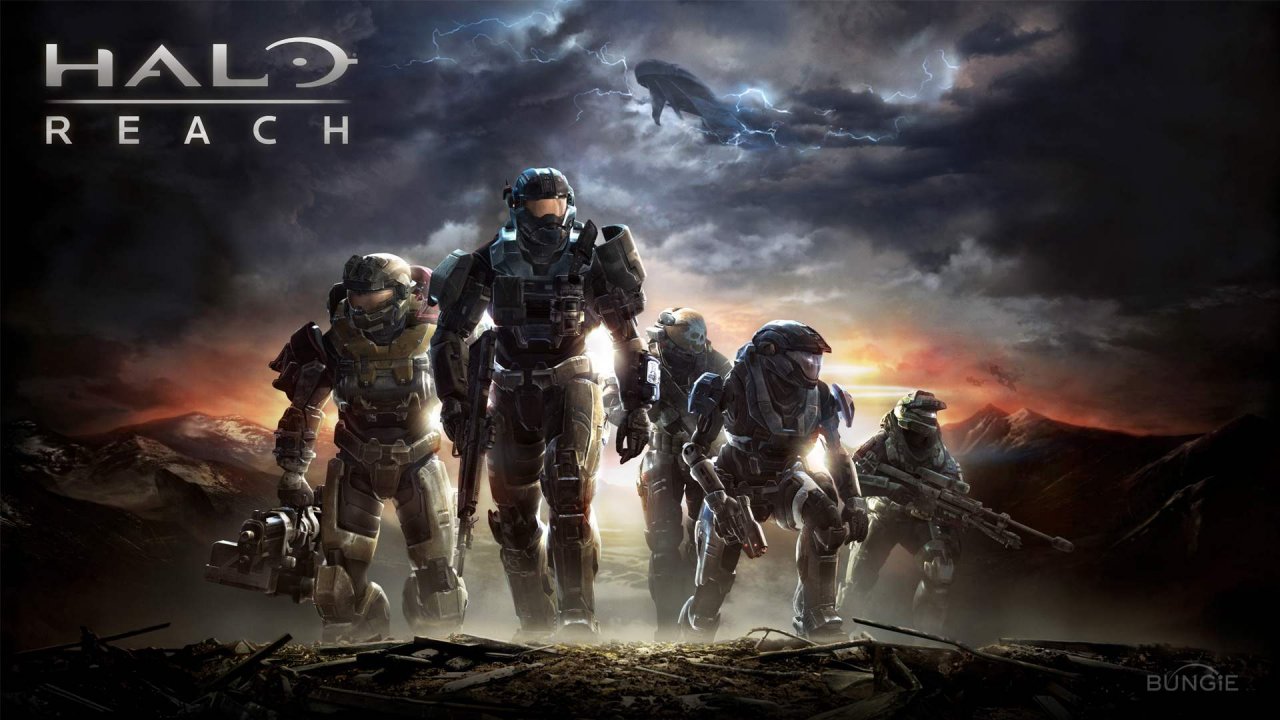
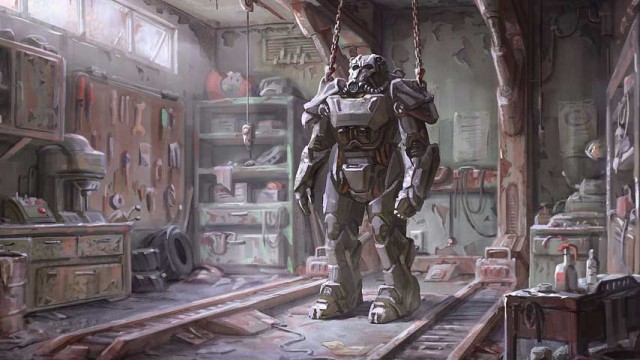
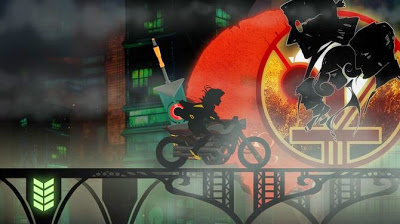
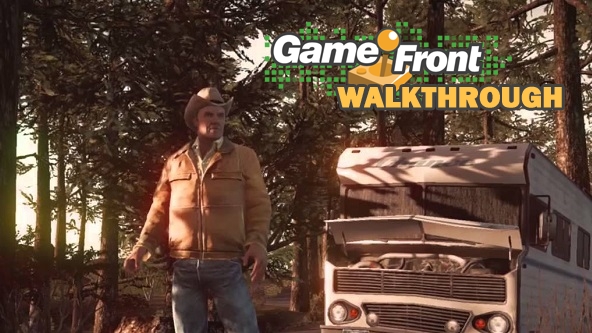
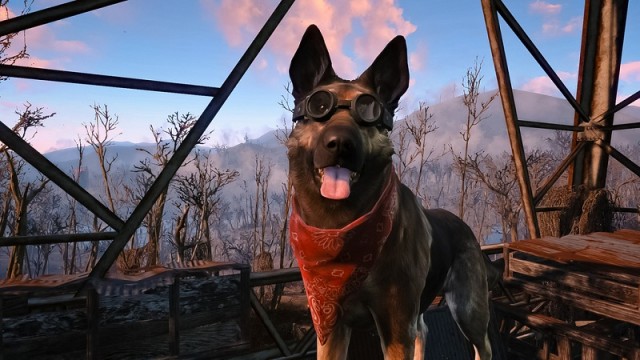 How to Dress Up Dogmeat, Codsworth, and Strong in Fallout 4
How to Dress Up Dogmeat, Codsworth, and Strong in Fallout 4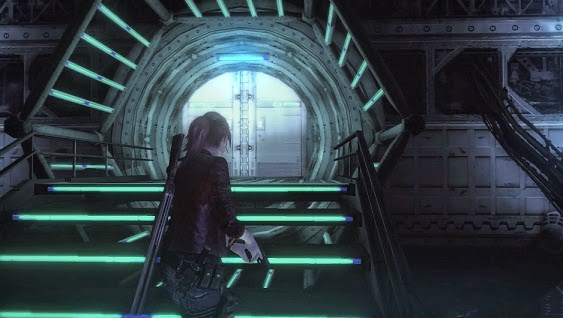 RE Revelations 2 Episode 4: Metamorphosis (PC) review
RE Revelations 2 Episode 4: Metamorphosis (PC) review Screamride Wiki – Everything you need to know about the game .
Screamride Wiki – Everything you need to know about the game . CoD: Black Ops III Beta Error Guide: Fix For Paint job Customization, Installation, BestBuy Code Issues & More
CoD: Black Ops III Beta Error Guide: Fix For Paint job Customization, Installation, BestBuy Code Issues & More Connect and configure your new PS4 Camera
Connect and configure your new PS4 Camera